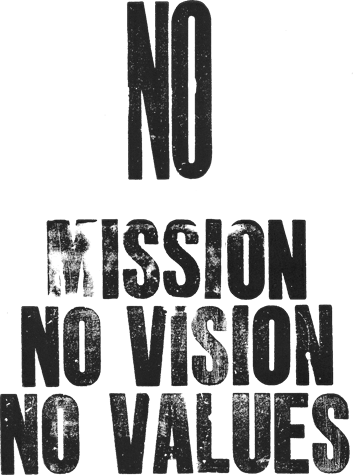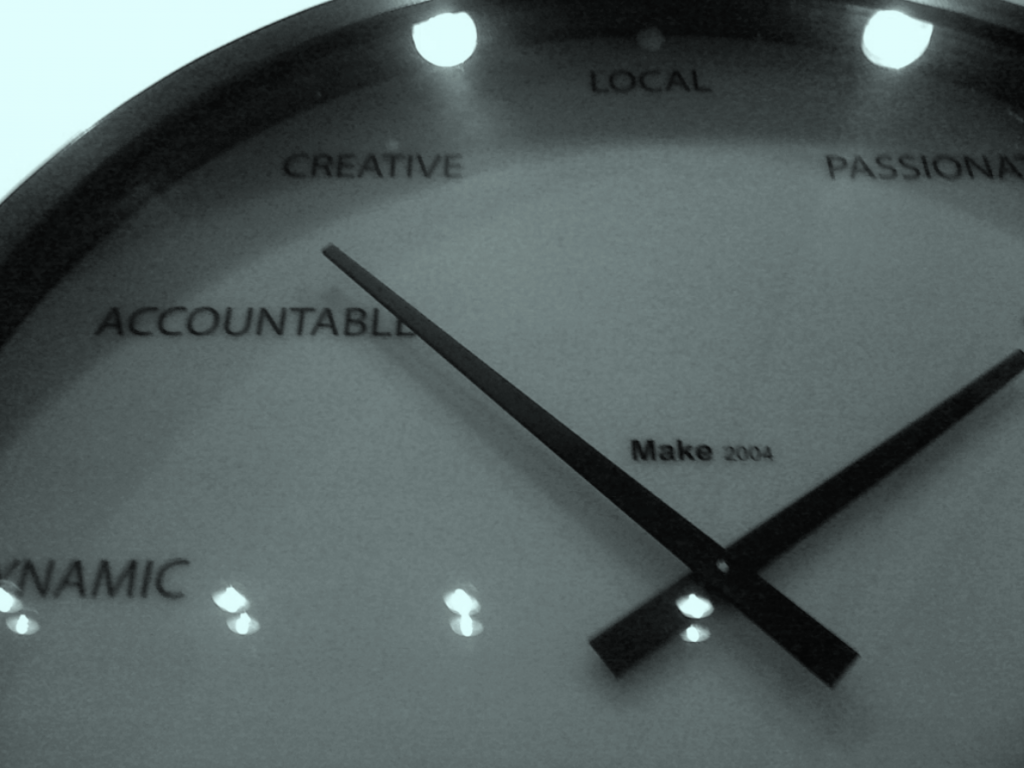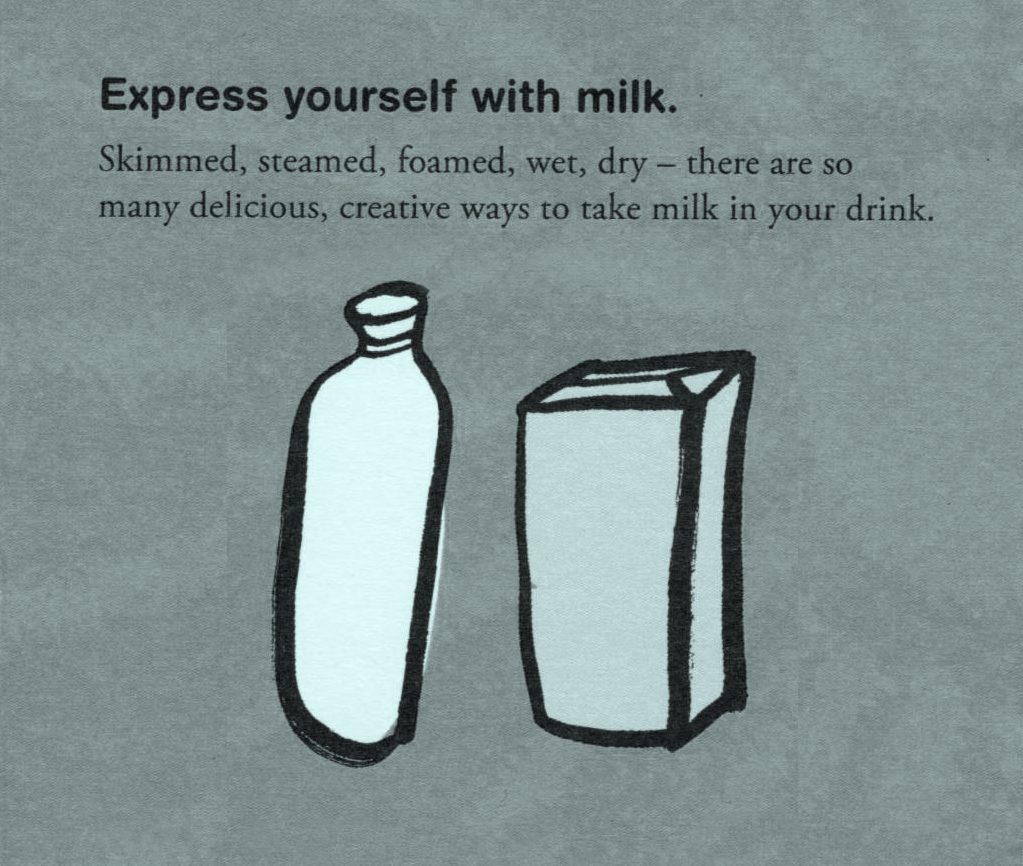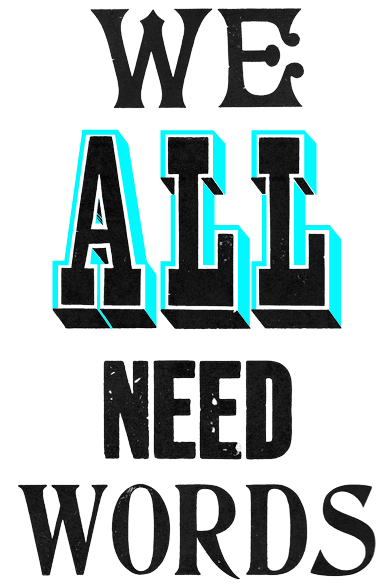Most brands lead double lives. There’s the brand people buy into (and buy online and in the shops). And then there’s the stuff that goes on behind the scenes, where laptops sag under the weight of ‘proposition’ presentations, guidelines, ‘activation plans’ (ay?), endless trend forecasts, ‘needstate’ analysis and ‘brand experience’ away day agendas. All that strategic gubbins – and it is gubbins – isn’t branding.


Even if, as a bare minimum, you take out all the jargon and write things simply and clearly,
you’ll still find most branding propositions and so on don’t actually say anything at all. They’re broad, woolly statements, proclaiming things like ‘we create moments of happiness every single day’. Well, erm, okaaaay. Your biggest rival could say that too. As could a zillion other brands that do all kinds of different things.
So how do you stop a brand from leading this strange double life? After all, Nike would be just another company selling trainers and Apple would be an overpriced version of Dell without all this brand strategy stuff. Wouldn’t they?
In a word, no. This is where there’s a big misunderstanding. Yes, of course, Nike, Apple (and any other big name you want to drop) would be nothing without their brands. But all the propositions etc. we’ve talked about so far aren’t branding. They’re strategy for strategy’s sake – words and diagrams orbiting in a PowerPoint bubble all of their own.
Don’t over-think, just get on with it
We think it’s high time branding came back down to earth, so there’s no longer this strange gap between the strategy and the things a company actually does. And we’ve found the only way to do that is to work on both of them at the same time.
So if we’re working on a brand or a rebrand we still start by working out what the brand stands for. But we don’t get hung up on it or try to get it perfect too soon. Instead of crafting and debating the strategy and doing drafts in a loop, we skip straight to the end, and test it out on things customers will see, like a label, a website, a brochure, an app (or whatever makes most sense). We go backwards and forwards between the strategy and the things customers will see as many times as it takes until it all fits together. We have to do it this way, not just because woolly PowerPoints aren’t our thing, but because we really can’t tell if a brand is working until we take it out of the PowerPoint strategy bubble and give it a go.
This way of working is closer to the sort of prototyping software and web companies do. It forces your thinking to be sharper because you have to be specific, and it stops any dawdling or creating presentations for the sake of it – and the horror of trying to shoehorn your work to fit a brand presentation that was signed off by the board after months of meetings.
Work on the words, design and strategy together
Doing the words at the same time as the design helps too (team up with people to work on the strategy, words and design in one go). It means you get to see how your brand will look in the real world and you have things to show people, so they can make a judgement on the brand itself, not the fluff around it. It’s the get-on-and-do-it school of branding.
It’s easier to describe the pluses of working this way by explaining what goes wrong when people work on the strategy stuff separately at the start. We’ve noticed that whenever clients or agencies present a positioning statement, they add a disclaimer along the lines of ‘it’s only internal’. They claim a line like ‘We exist to inspire difference through the celebration of the unconventional, bringing a refreshing escape to the status quo’ isn’t aimed at customers. We’d say that it doesn’t help anyone. There wasn’t a reason to write it in the first place.
Worryingly, though, people in our industry have become so immune to positioning-speak that it’s spilling out into the real world. So you get Starbucks writing a brochure with the title ‘express yourself with milk’ or Airbnb giving their logo an exotic-sounding made-up name (Bélo) and a line ‘belong anywhere’ to go with it (which we wrote about at the time). It’s like they’ve created a separate brand for their brand. And everything carries on the same with or without it.

Don’t do things differently for staff or the board
Of course, when you’re developing a brand you have to make things customers won’t see too, like an internal sales presentation or the idea for a new product. How do you stop these things floating off into strategic fog?
Again, don’t work as if there are two versions of your brand – the one customers see and the never-ending PowerPoint version behind the scenes. Things like ‘employee brands’ don’t need to exist. Whenever we’re asked to write something internal, we treat it just like something external. When we wrote some training material for Byron Burgers’ managers – what they call Brainwashing – and a book to sum up their brand, we wrote them just as we’d write about a new burger on their menu. Their internal things wouldn’t feel out of place in their restaurants, so they’re more interesting to read too.
If we’re making it all sound simple, it’s not. Good brands need clear thinking and sharp ideas, and you can’t follow a ten-step process for either. But they also don’t need a lot of the stuff that’s become part of the process these days. Put your immersion phases, deep-dive days and whatever else to one side. They don’t help.
Come again?
1. Don’t over-think, just get on with it.
2. Work on the words, design and strategy together.
3. Don’t do things differently for staff or the board.
